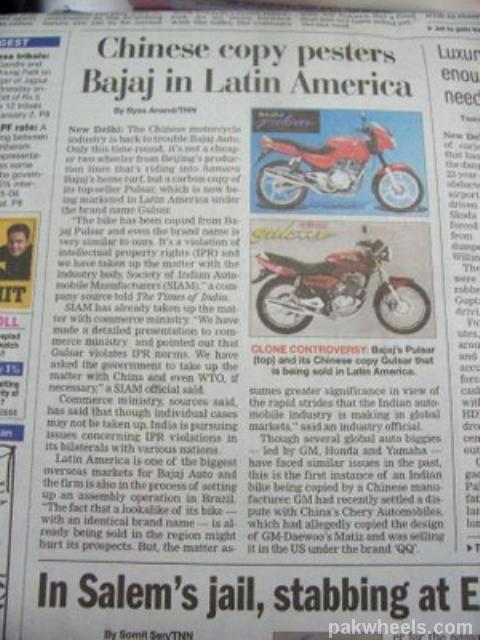How Indian thieves stole nuclear technoloy from Canada/US
Once a thief always a fu(king thief.
Candu: The Canadian Nuclear Reactor | CBC Archives
An uninvited guest has joined the nuclear club, and fingers are
pointing at Canada. On May 18th 1974, India detonates a 12-kiloton
nuclear explosive in the Rajasthan desert. It was built using
plutonium from a research reactor donated by Canada in 1956. The
explosion prompts fierce criticism of Canada's nuclear exports, and a
wall of excuses from officials in both Canada and India. Canadian
officials say they couldn't stop it. India denies it was even a bomb.
The nuclear device was built using plutonium obtained from the
40-megawatt Cirus research reactor, a gift from Canada. It was donated
under the Commonweath "Colombo Plan" aid program, which sought to
promote economic and social development in South and Southeast Asia.
The gift helped pave the way for future reactor sales: Canada sold
India two Candu reactors (in 1963 and 1966), and they now have a
number of Candu clones.
The Cirus reactor (which was not a Candu) was modeled on the Chalk
River NRX reactor. It was donated on the condition that it only be
used for peaceful purposes – so India claimed their 1974 explosion was
"peaceful" and would help them in industries such as mining.
India referred to the device as the "Peaceful Nuclear Explosive" or
PNE. It was also called "Smiling Buddha."






















